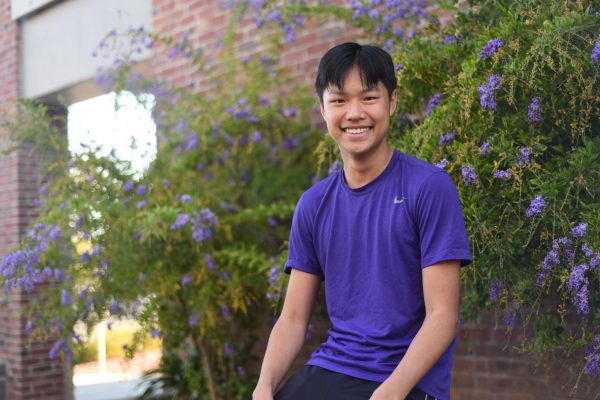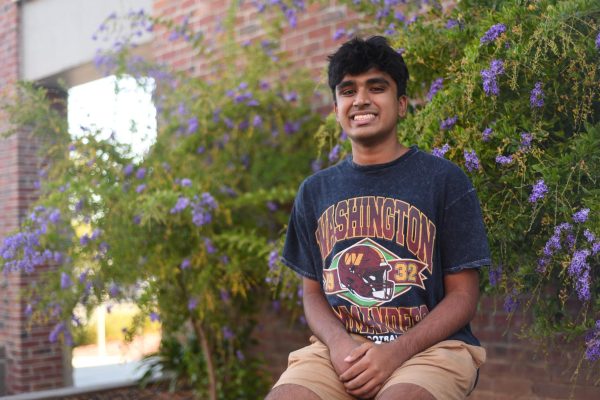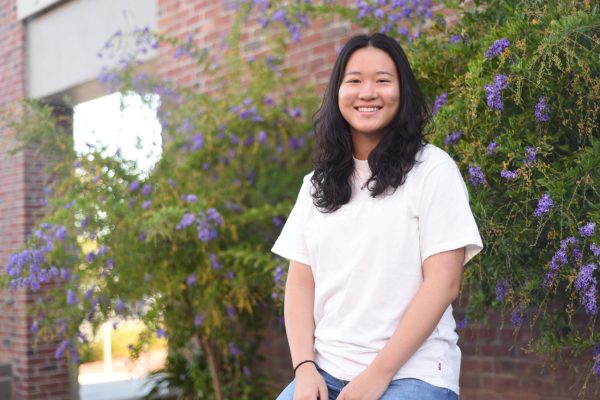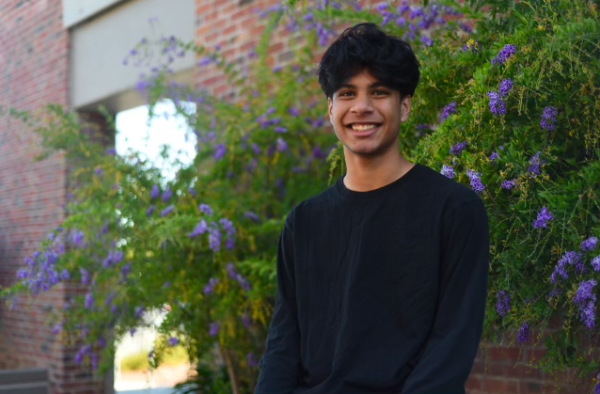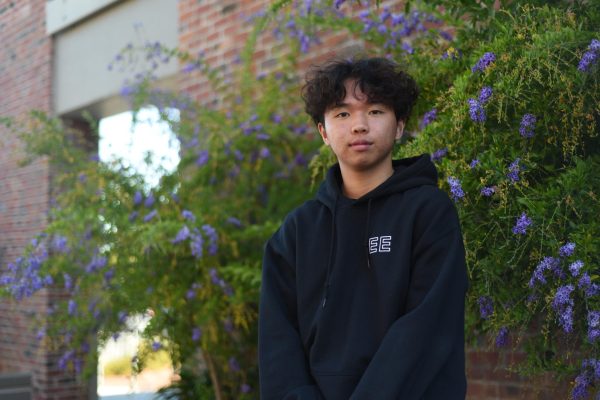FUHSD administration implemented Social Emotional Learning (SEL) resource Wayfinder, a platform that promotes emotional development, as part of the district curriculum for educators in the 2024-2025 school year. Wayfinder is a company that provides schools with a curriculum composed of engaging activities and relevant life-preparation content, according to the Wayfinder website.
Founded in 2015, Wayfinder was created with the mission to “address the youth mental health crisis in a new innovative model,” helping “young people find a purpose, a powerful antidote to the mental health epidemic.” Since then, it has expanded to 65 different countries across the world.
Wayfinder’s Chief Customer Officer Brandy Arnold says Wayfinder CEO Patrick Cook-Deegan based the company’s curriculum on its research-backed “6 Core Skills” — Purpose, Self-Awareness, Adaptability, Empathy, Collaboration and Agency — which are taught to students through interactive videos followed up by reflection questions, as well as activities. According to Arnolds, Cook-Deegan got this idea by reflecting on his personal teaching experiences.
“There were a number of just pretty disheartening and heartbreaking things happening in school districts around the Bay Area, including districts that were having a rash of suicides with students who were just feeling such intense pressure and anxiety,” Arnold said. “Cook-Deegan noticed there weren’t a lot of companies and products that were really supporting teenagers navigating all their pressures and fears, and so he set out to create something to support teenagers in transition and everything that they are dealing with at that stage in their life.”
Last school year, MVHS School Based Therapist Leila Lurie searched for a curriculum that would support the district and its students in SEL learning. Discovering Wayfinder, Lurie reached out to the company about implementation throughout FUHSD. Since then, Wayfinder has undergone a year of testing, with several MVHS staff members piloting the curriculum in the spring of 2024.
As one of the seven pilot teachers who integrated Wayfinder exercises into their curriculum last year, AVID 11 teacher Sushma Bana believes that Wayfinder is a “step in the right direction,” as its curriculum is easy to use and convenient for teachers to implement SEL activities into their daily activities. Bana appreciates the way that the activities are student-centered, and as a science department lead, even sees herself using some activities in future department meetings.
However, despite seeing potential in the future use of Wayfinder at MVHS, Bana believes using Wayfinder without preparation does not produce the most effective results. Instead, she has found that adapting Wayfinder’s curriculum to make it her own as well curating it to her students’ needs allows for more success.
“If you really want Wayfinder to make a difference, prepare for your lessons a little bit in advance,” Bana said. “For AVID, I would prepare it month by month and try three activities. The slide deck can sometimes feel overwhelming. So keeping our student population in mind, I tweaked the activities. I think if you really want to do it well, you have to make changes and adjust. But it’s a great beginning, because at least you’re not starting from scratch.”
Similar to Bana, MVHS principal Ben Clausnitzer hopes to see Wayfinder used as more than just a tool for regulating emotions, but also as a platform to teach students essential skills they can use throughout their lives.
“When we talk about Wayfinder, we tend to talk purpose and belonging,” Clausnitzer said. “Purpose helps provide motivation and perseverance in the face of challenges and an antidote to depression and anxiety. Belonging is important because it sets the stage for all the other learning that can occur, including students finding their purpose. A sense of belonging enables students’ brains to be in a calm and ready state to engage in academic, social and emotional, vocational and professional pursuits.”
Before school started, MVHS staff were officially introduced to Wayfinder in an session led by Arnold, where staff participated in Wayfinder activities and were taught to navigate the website. Math Department Lead Kathleen McCarty is excited to implement Wayfinder’s curriculum and goals throughout this school year in her AVID 9 and AP Statistics classes. McCarty sees Wayfinder as an opportunity to not only build community within courses that traditionally don’t focus on relationships, but also as a way to teach students a more holistic view of life.
 “Hopefully, because of how accessible it is, it will make us more human, make us more self-aware, relieve the stress,” McCarty said. “For MVHS students, I would like you all to be a little more mellow and calm down and slow down. Why? Why are you taking AP Calculus BC as a sophomore or as a freshman? What is the rush? Let’s take some time to develop as a human, because there’s more to life than just the academic part.”
“Hopefully, because of how accessible it is, it will make us more human, make us more self-aware, relieve the stress,” McCarty said. “For MVHS students, I would like you all to be a little more mellow and calm down and slow down. Why? Why are you taking AP Calculus BC as a sophomore or as a freshman? What is the rush? Let’s take some time to develop as a human, because there’s more to life than just the academic part.”
While Bana shares McCarty’s enthusiasm, she recognizes the potential setbacks in Wayfinder’s implementation, due to the misconception that humanities courses are the only classes that can utilize SEL curriculums. However, in her own experience in piloting Wayfinder, Bana has found importance in using SEL techniques in STEM courses as well.
“Most of the time we say, ‘As math and science teachers, what can we do?’” Bana said. “Because our subjects are not really talking about your experiences or your feelings, but there are a lot of things that you can do even as a math and science teacher. We give that message out that irrespective of the subjects we teach, we still teach human beings and students, which I think is the key thing as a teacher. It’s a reminder for me that don’t get so caught up in teaching the content that you forget. Whom are you teaching?”
Ultimately, Clausnitzer recognizes that Wayfinder is only in its initial stages. However, he is confident that the program’s topics are all positives for MVHS and FUHSD.
“The wellbeing of our kids is important, but it’s also giving them the right tools that they need to go beyond just thinking,” Clausnitzer said. “I don’t know that there’s any one thing that we’ll ever do within any one of our schools that will be perfect, there will be challenges to it, and at the same time, it’s worth trying. I think that’s what we’re seeing with Wayfinder is a commitment to not just the status quo, but trying something new and seeing if that can be part of the work we engage in in this school community.”










